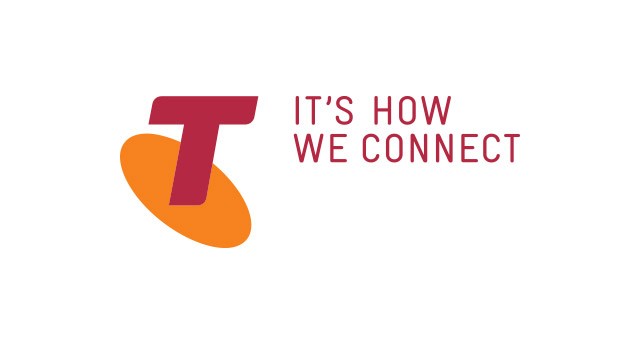
Telstra has announced this morning that it has unleashed some of the fastest LTE network speeds seen, revealing that it has conducted a live network test achieving speeds up to 450Mbps. It managed to reach this speed on a mobile device using LTE Advanced Carrier Aggregation technology across a combination of the 1800MHz and 2600MHz network bands.
Telstra worked with network partner Ericsson to install equipment for two new 4G Frequency Division Duplexing (FDD) channels of 20MHz bandwidth each on the 2600MHz spectrum band* (40MHz FDD), aggregated with our live 20MHz of 4G on the 1800MHz band. The result was three simultaneous side-by-side paths for the data to travel through to the operational core network.
Paired with an experimental engineering mobile device to harness these speeds, the results were impressive. Mike Wright, Group Managing Director Telstra Networks said:
This test allows us to see how the technology works ahead of when we make a future investment in it.
Conducting this type of test is a significant step in the network engineering and development process. It is essential for us to see how this type of technology works in the live network and understand what needs to be done to continue to absorb the exploding demand in mobile broadband and offer an exceptional customer experience.
As is usual, when technology like this becomes common-place, the theoretical maximum speeds are going to exceed what consumers will experience in practice. However, Wright believes that in real-world use, this technology could see users achieving three times the speed they current receive through 4G/LTE.
Our calculator tells us this could mean real-world speeds of close to 150mbps.. or about six-ten times faster than the average home broadband connection.
Why is Telstra talking about this today? Simple. They hold some of the largest spectrum holdings in the required frequency ranges that allow this technology to work, and while consumer devices using this technology are a couple of years away, Telstra believes it is well placed to make the most of them.
One hopes they bump up their data inclusions though. At 150Mbps, it’ll take all of about two minutes (give or take) to exhaust a data allocation running at full speed…




“speeds of close to 150mbps.. or about six-ten times faster than the average home broadband connection” – the average broadband speed in Australia is only 5.5mbps, much less than what people think it is.
Is 700MHz coming sooner for data??
700MHz won’t be coming till the license is valid, which will come 1st January 2015.
In that case, 700MHz LTE is months away, as the faster signal is most likely years away, as the 4G LTE rollout is just beginning, early days!!!
Still waiting for the local 4GX to happen in Lavington/Albury on Red Light Hill/Black Range Hill.